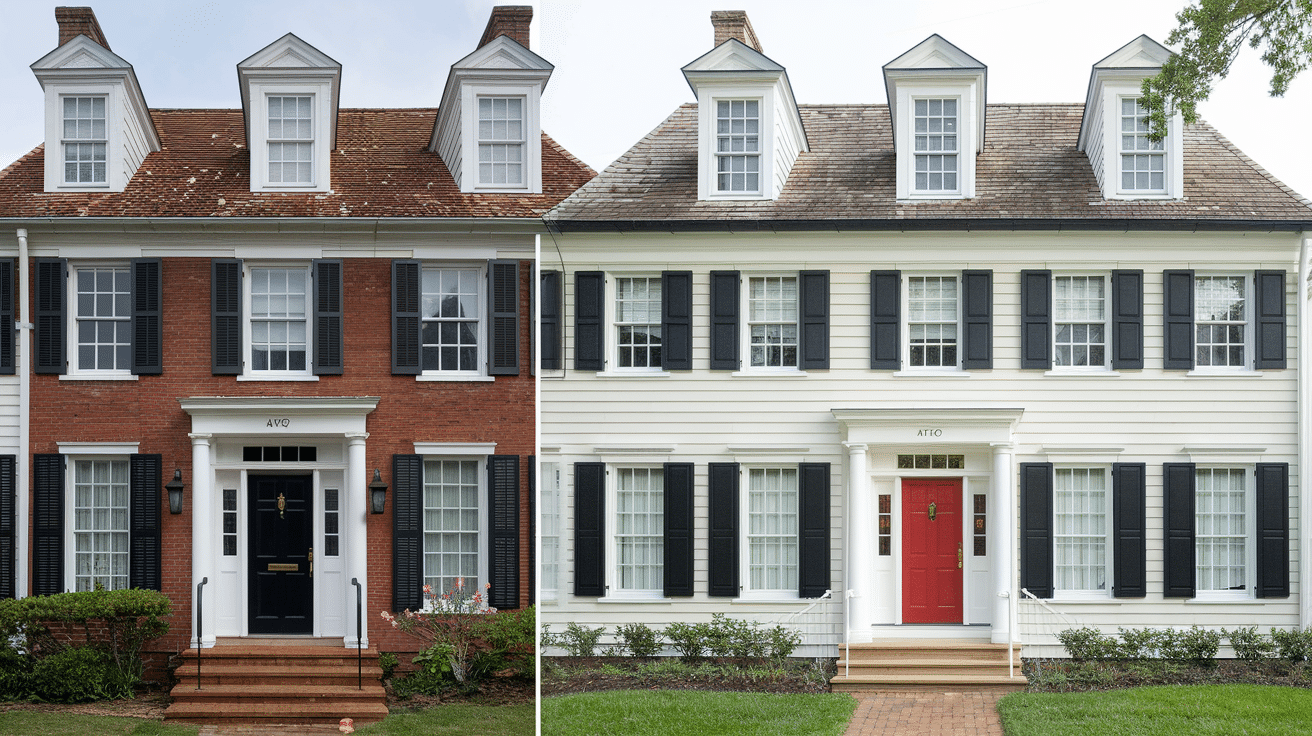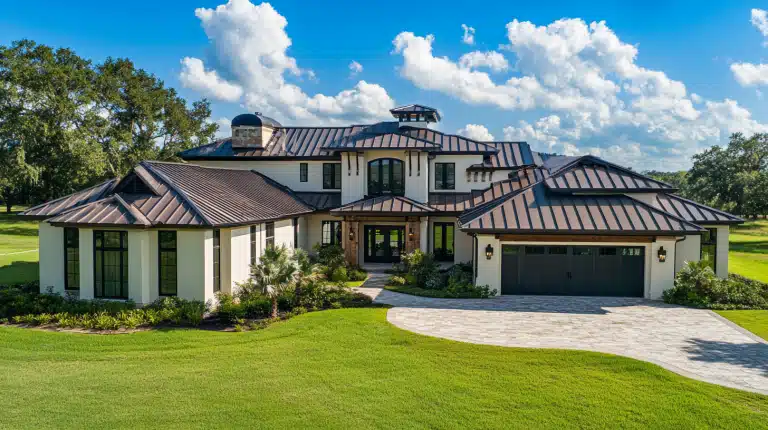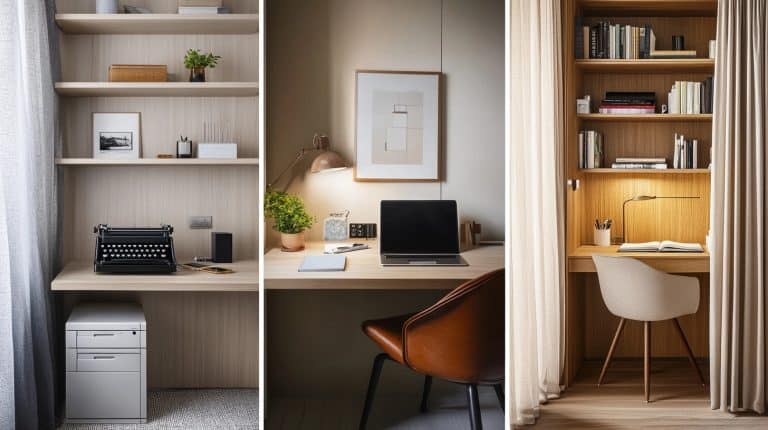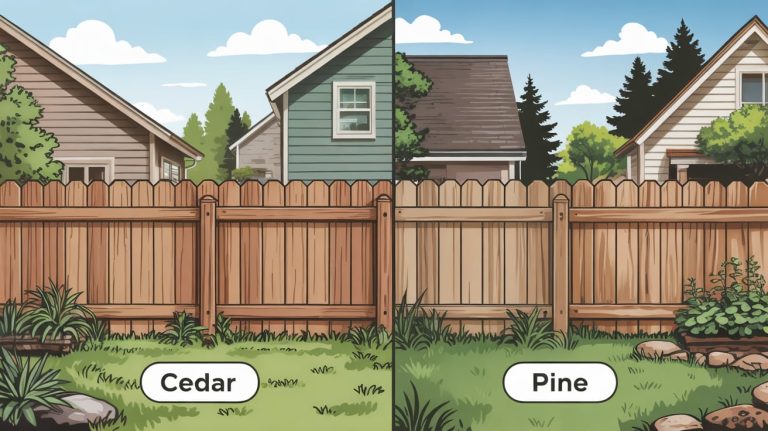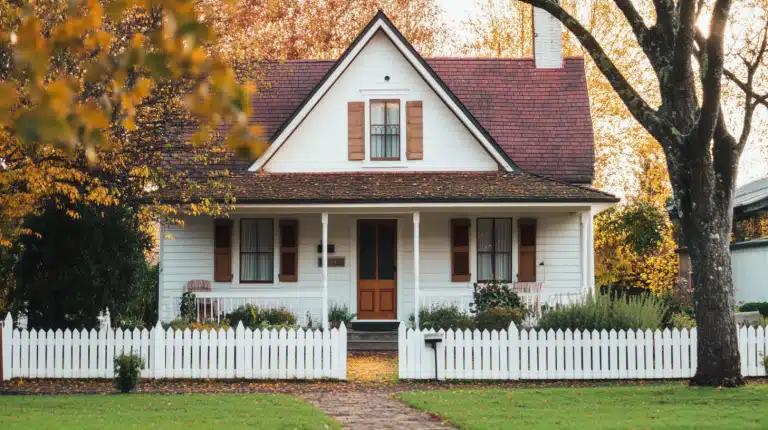Updated Colonial Exteriors: A Before and After Look
Colonial homes offer timeless appeal with their strong symmetry and clean lines, but even classics need refreshing. This guide explores how to enhance your colonial home’s exterior while honoring its historical character.
From simple weekend paint projects to complete exterior renovations, find options for every budget and skill level.
Learn which updates deliver the biggest visual impact, how to select materials that maintain authenticity, and ways to overcome common challenges.
Whether you’re looking to boost curb appeal, increase property value, or fall in love with your home again,
These thoughtful updates can transform your colonial from tired to inspired—all while preserving the architectural integrity that makes these homes special.
How Simple Exterior Changes Boost Our Home’s Value?
The exterior refresh quickly improved the appearance of our home from the street. Neighbors paused to compliment the new look, and our house now catches the eye positively.
Real estate pros say these kinds of changes can add 5-10% to a home’s worth in many markets. The updates also fixed real issues. Fresh paint guards the siding, and new trim stops water damage.
Better light fixtures help with safety at night. I feel good about my home now. Coming home each day to a well-kept house makes me happy.
Why Update a Colonial Exterior?
I chose to update the exterior of my colonial home to mix old charm with today’s needs. Unlike total remodels, these changes honor the home’s style while fixing problems.
Many owners of colonial homes take this path. They know these classic designs have lasted for valid reasons.
Colonial homes have strong symmetry and clean lines. They often need a refresh, not a complete redo.
Good updates preserve the history while making the home work better now. This mix helps colonial homes stay useful and pretty for years to come.
Refreshing Your Colonial Home’s Trim and Molding
1. Updating Trim and Molding
Colonial homes often feature classic trim and molding around windows, doors, and rooflines. Updating or adding new trim can refresh the home’s exterior, creating clean lines and visual interest.
Consider using brighter whites or bold accent colors for the trim to contrast with the main color of the house, giving it a more modern feel while respecting the traditional aesthetic.
2. Upgrading the Front Door
The front door is a key focal point of Colonial-style homes. Opt for a solid wood door with classic detailing or a modern glass-paneled design to create a welcoming entryway.
Adding new hardware like brass or black iron handles and locks can also elevate the look of your front entrance.
3. Installing New Shutters
Colonial homes often feature functional or decorative shutters. Updating or replacing them with new, high-quality materials like vinyl, composite, or wood can make a significant difference.
Choose classic black or navy blue for a traditional look, or experiment with deeper tones or even bold colors for a contemporary twist.
4. Adding a Portico or Roof Overhang
A portico or roof overhang can provide both functional and aesthetic benefits to a Colonial exterior.
Not only does it offer weather protection, but it also adds a layer of architectural detail to the front of the house, creating a more elegant, refined appearance. A small overhang above the front door or windows can create depth and dimension.
5. Enhancing the Windows
Colonial homes typically have symmetrical windows with divided panes. Updating windows can improve both energy efficiency and curb appeal.
Energy-efficient, double-paned windows with wooden or vinyl frames can keep the traditional look intact while providing better insulation. To enhance the artistic look, consider adding window boxes for flowers or greenery.
6. Revamping the Exterior Paint
A fresh coat of paint can dramatically change the appearance of a Colonial home. Traditional whites and soft neutrals are popular, but don’t be afraid to explore other color palettes.
Rich greys, deep blues, or even muted greens can make a Colonial home look modern and fresh while still maintaining its classic charm. Pair them with complementary trim colors for a polished look.
Stunning Colonial Exterior Change
From Basic to Grand: Adding Portico and Columns
Before: It is a simple colonial with a flat facade and basic door surround. The entrance lacks definition, and the house appears plain from the street.
After: A stately portico with white columns frames the entrance. New shutters in deep navy contrast with refreshed white siding. Window boxes add color and life to the front windows.
This transformation worked because the homeowners chose classic elements that matched the colonial style. The portico size fits the home’s scale without looking forced or too large.
Bringing Light and Balance to an Asymmetrical Colonial
Before: In a colonial with uneven window placement and a dark brick exterior, the front door blends into the facade and lacks proper lighting.
After: Light-colored paint brightens the brick surface, while new black shutters frame each window, a wooden door in warm cherry tones creates a focal point, and new lantern-style lights flank the entrance.
The homeowners paid special attention to the lighting plan, with path lights leading to the front steps. The color scheme respects colonial tradition while looking fresh and current.
Creating Depth on a Flat Facade
Before: A flat-fronted colonial with minimal trim and architectural detail, the home looks two-dimensional and lacks visual interest from the street.
After: Adding trim around windows and under the roofline creates shadow lines and depth. A small roof overhang above the door offers weather protection. Copper gutters and downspouts add warmth to white-painted siding.
What works well in this example is how small additions of trim and texture create a significant visual impact. The changes respect the home’s simple lines while adding just enough detail.
Materials and Design Elements to Consider
The materials you choose for your colonial exterior can dramatically impact its appearance and how well it preserves historical character.
1. Siding Options
Colonial siding options balance looks and practicality. Wood clapboard offers the most authentic appearance but needs regular maintenance.
Fiber cement siding mimics wood while offering better durability and requiring less upkeep.
Vinyl siding provides the most affordable option but may not look as authentic. Brick exteriors can be painted for a fresh look while maintaining texture and character.
2. Window Styles
Window styles greatly affect the appearance of colonial homes. Multi-pane windows (often six-over-six) suit most colonial styles perfectly.
Black or dark shutters against light siding create a traditional contrast. Window trim painted bright white helps windows stand out as architectural features.
Wooden window boxes can add character and color through changing seasons.
3. Door and Entry Treatments
The door and entry set the tone for colonial homes. Paneled doors (especially six-panel) honor traditional designs.
Sidelights and transom windows around doors increase light and importance. Door hardware in black, iron, brass, or bronze adds period-appropriate detail.
Porticos or small roof overhangs protect entries while adding architectural interest.
Cost Considerations for Colonial Exterior Updates
Updating the exterior of your Colonial home can greatly enhance its curb appeal and value. While some updates can be done affordably, others—such as structural changes or high-end materials—may require a higher budget.
By carefully considering each update’s benefits and costs, you can create a home that is both beautiful and functional within your budget.
| Factor | Cost Impact | Notes |
|---|---|---|
| Scope of Work | $5,000 – $75,000+ depending on extent | Simple paint vs. full exterior renovation |
| Materials | Quality differences significantly affect budget | Historical reproductions cost more than modern alternatives |
| Professional Help | $15,000 – $30,000 for contractor management | DIY can save money but requires specific skills |
| Location | Varies by region | Some areas have strict historical guidelines that increase costs |
| Permits | Required for structural changes | Cosmetic updates may not need permits |
Common Challenges and Solutions for Colonial Renovations
Maintaining Historical Accuracy
Research your specific colonial style before making changes. Look at historical examples or consult with a preservation specialist. Focus on key elements like window patterns, door styles, and color schemes.
Working with a Limited Budget
Prioritize what matters most. Often, paint and front entry updates give the biggest visual impact for your investment. Consider phasing your project, starting with the most visible elements.
Finding the Right Materials
For an authentic look, salvage yards sometimes offer period-appropriate items. For modern alternatives, many companies now make historically inspired products with better performance.
Conclusion
Updating your colonial home’s exterior doesn’t mean erasing its history—it means highlighting what makes it special while ensuring it meets today’s needs.
Whether you choose a full renovation or simple cosmetic updates, the key is respecting the home’s architectural heritage.
Remember that even small changes like fresh paint, quality hardware, or thoughtful lighting can dramatically alter your home’s appearance and how you feel about it each day.
The best colonial updates balance preservation with practical improvements. By making intentional choices that honor traditional design while addressing modern concerns, you create a home that will continue to charm for generations to come.
Your refreshed colonial isn’t just a house—it’s a celebration of timeless design adapted for contemporary living.
Frequently Asked Questions
What Are the Disadvantages of A Colonial-Style House?
Colonial houses have small rooms, poor natural light, outdated layouts, high maintenance costs, limited storage, and inefficient heating/cooling systems.
Why Do People Like Colonial Houses?
People like colonial houses for their classic design, historical charm, symmetry, sturdy construction, and traditional character.
What Is the Most Common Colonial-Style House?
The most common style is Georgian Colonial, which has a symmetrical design, a central door, evenly spaced windows, and simple rooflines.

